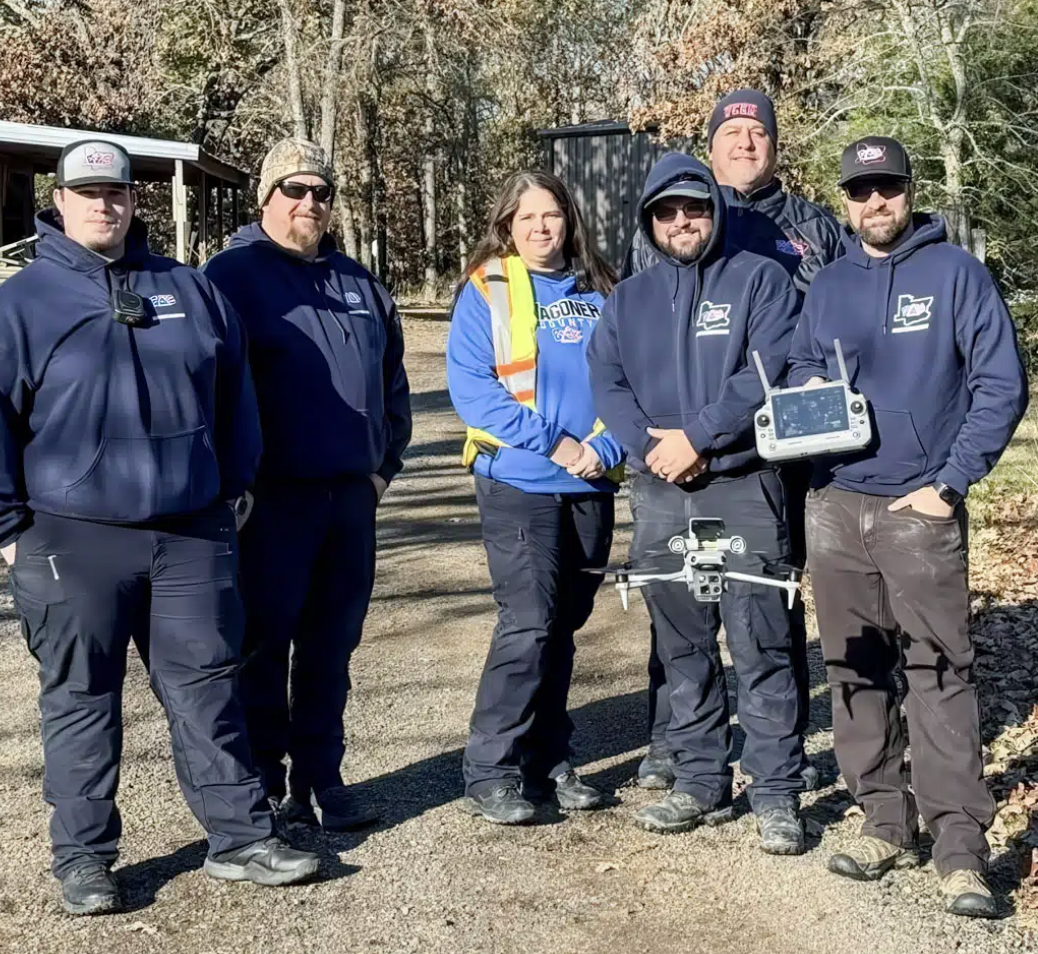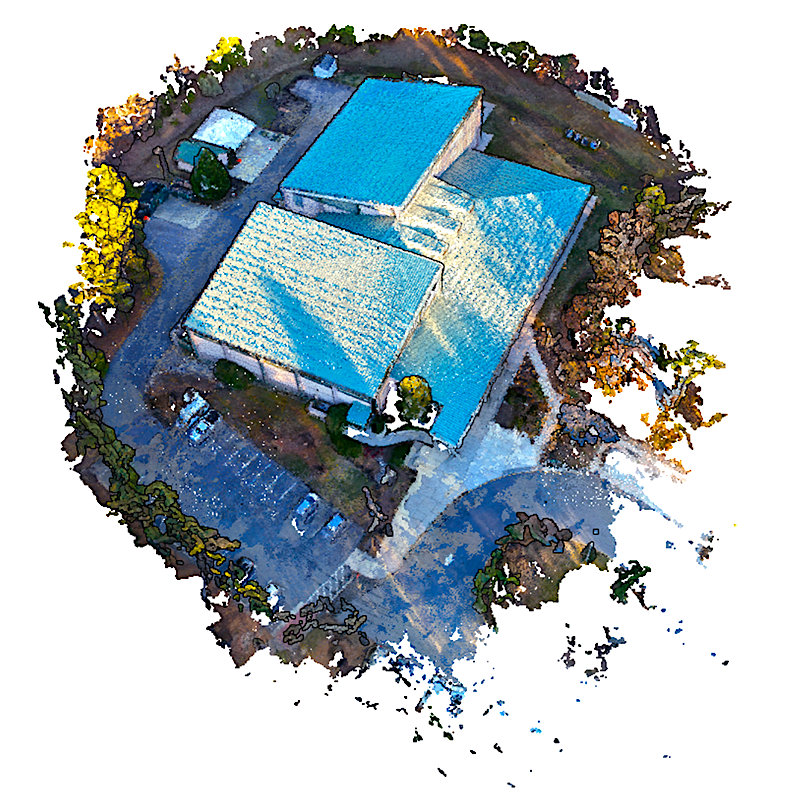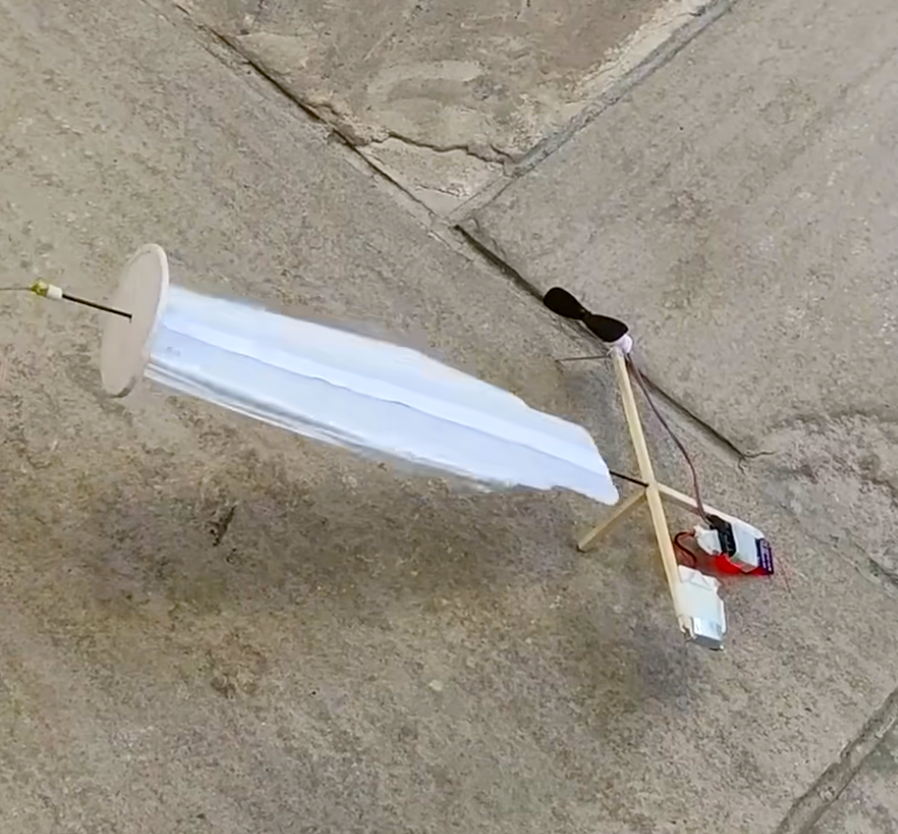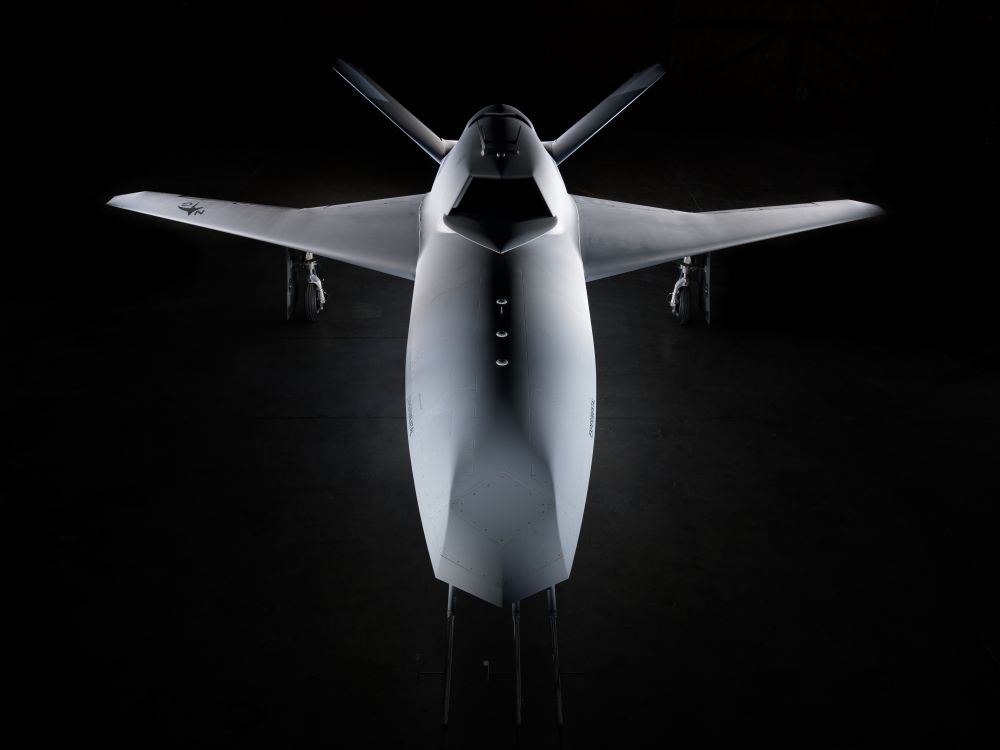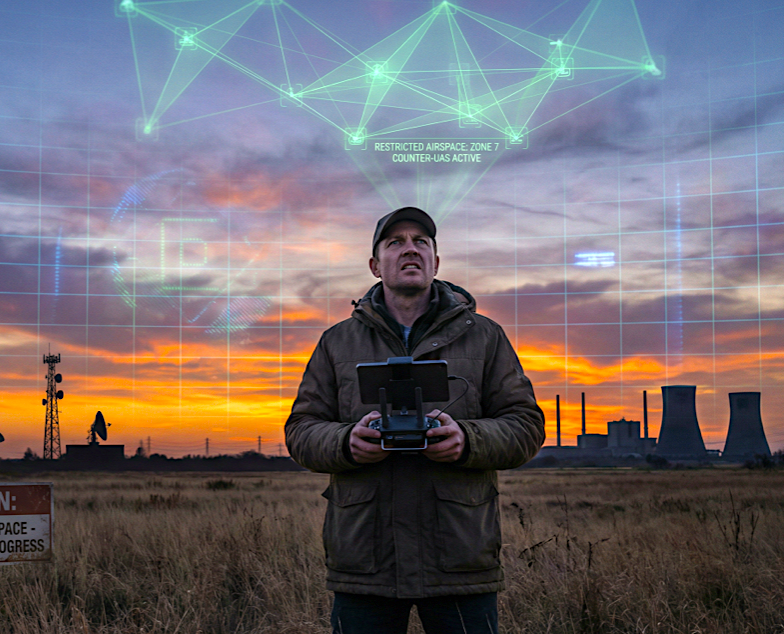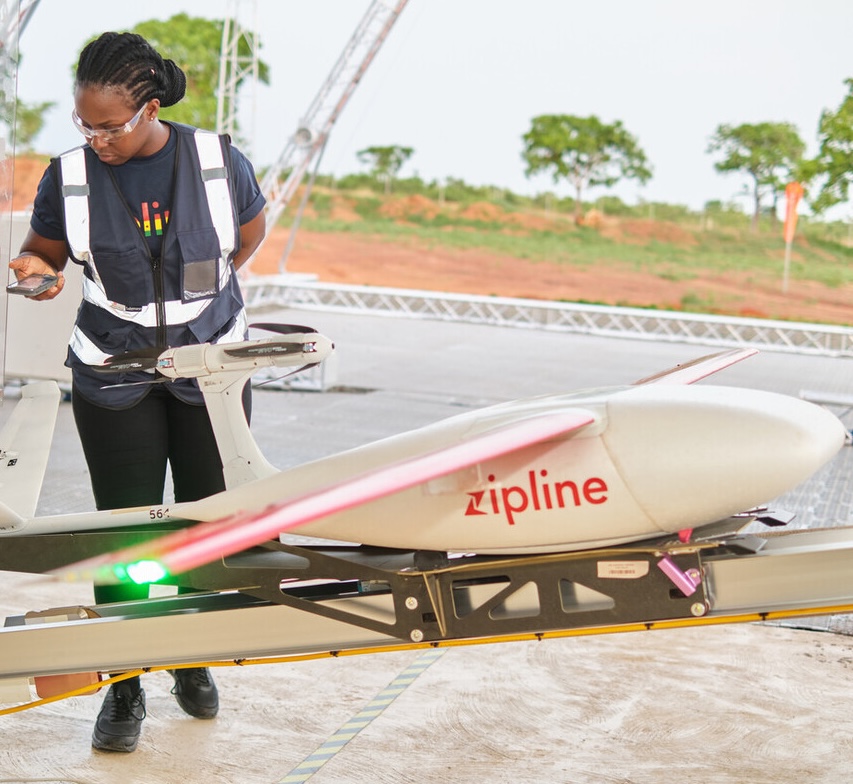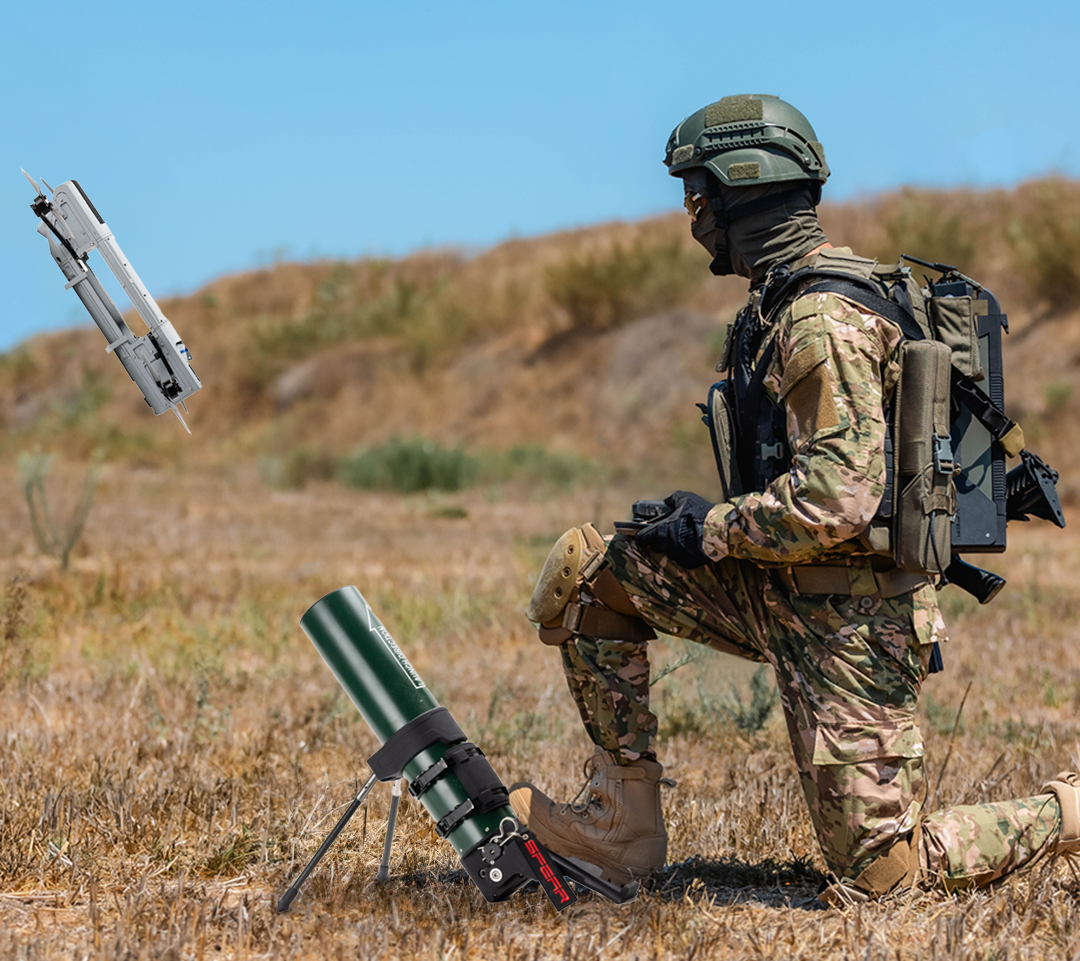Featured NewsTrending NewsDrone Pilot Uses Thermal Imaging to Rescue Missing 4-Year-Old in Milton, Wisconsin
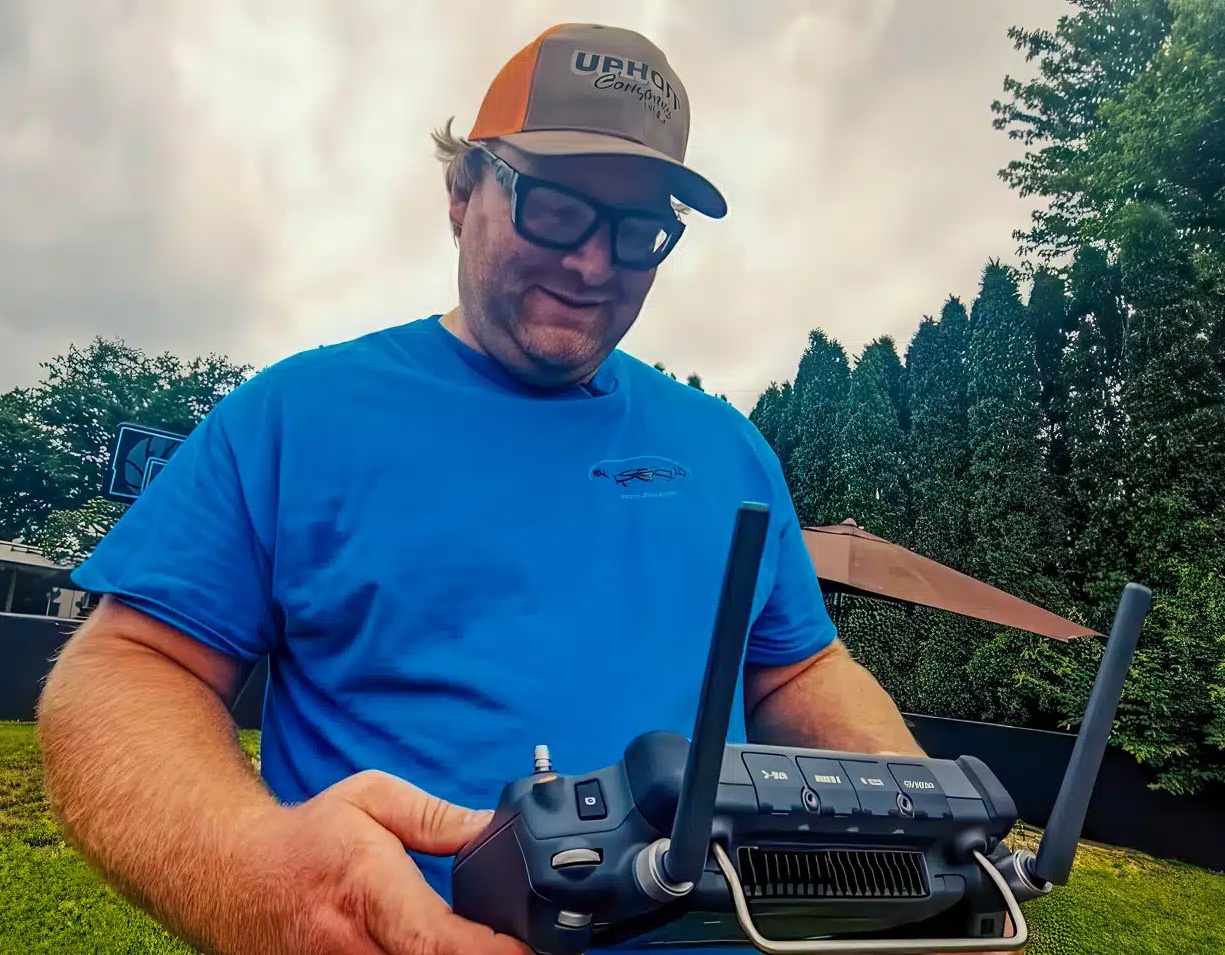
Milton, WI — A volunteer drone pilot in Milton, Wisconsin, is being hailed as a hero after successfully locating a missing four-year-old girl in a dense cornfield, showcasing the life-saving potential of drone technology in emergency search operations.
The missing child, identified as Lou Easton, is autistic, nonverbal, and does not feel pain—factors that significantly heightened the risk during her disappearance. According to her family, Lou wandered away from her backyard late in the afternoon, prompting immediate concern as daylight began to fade.
Within minutes of her disappearance being reported to Rock County 911, authorities launched a large-scale search effort. Multiple law enforcement agencies, emergency responders, and hundreds of local community members joined forces to find the girl before nightfall. The family’s fear was palpable: with Lou unable to communicate or recognize danger, every minute counted.

IMAGE FROM DRONE OF FIRST RESPONDER FINDING MISSING CHILD
The Technology That Made the Difference
The turning point came when Jeremy Herring-Spoerl, a certified drone operator from Wisco Aerial and Ground Services (WAGS Drone), responded to the call for aerial support. Equipped with a DJI Matrice 30 drone outfitted with thermal imaging technology, Herring-Spoerl was able to scan the surrounding area from above.
“Drones like the Matrice 30 can cover more ground in minutes than a human search party can in hours,” Herring-Spoerl said in an interview following the rescue. “The thermal camera allowed me to pick up a heat signature in the cornfield that would have been nearly impossible to spot from the ground.”
In less than 40 minutes, the drone detected a small heat signature nestled deep in the rows of corn. Herring-Spoerl immediately relayed the coordinates to the ground team, guiding rescuers directly to Lou’s location.
“When we reached her, she was smiling at the first responders,” one firefighter reported. “It was an enormous relief for everyone involved, especially her family.”
A Race Against Time
The search was a race against the clock. As sunset approached, visibility dropped rapidly, and the temperature began to fall. Traditional search methods—foot patrols, vehicle sweeps, and ATVs—were limited by the vast and obstructive cornfield terrain.
“Time is everything in cases like this,” said Rock County Sheriff’s Office spokesperson, emphasizing how thermal drones are transforming search-and-rescue (SAR) operations. “Without that aerial view and thermal imaging, it could have taken hours longer, and the outcome might have been very different.”
Community and Technology Unite
The rescue demonstrated how the integration of modern drone technology with community and law enforcement efforts can save lives. Neighbors scoured fields and wooded areas, while emergency teams coordinated radio communications. But ultimately, it was the aerial perspective—high above the stalks of corn—that provided the breakthrough.
Herring-Spoerl’s volunteer service is part of a growing movement in the U.S., where certified drone pilots partner with law enforcement and emergency services to assist in time-critical operations. The Federal Aviation Administration (FAA) allows such operations under Part 107 waivers, enabling rapid deployment in life-threatening situations.
The pilot later shared the experience on his company website, www.wagsdrone.com, emphasizing the value of drones as tools for both public safety and community service.
Thermal Imaging in Modern Search-and-Rescue
Thermal imaging technology, once primarily used in military and industrial applications, is now a critical tool for civilian search efforts. It detects heat signatures emitted by people, animals, or vehicles, making it invaluable in low-visibility scenarios such as forests, cornfields, and nighttime operations.
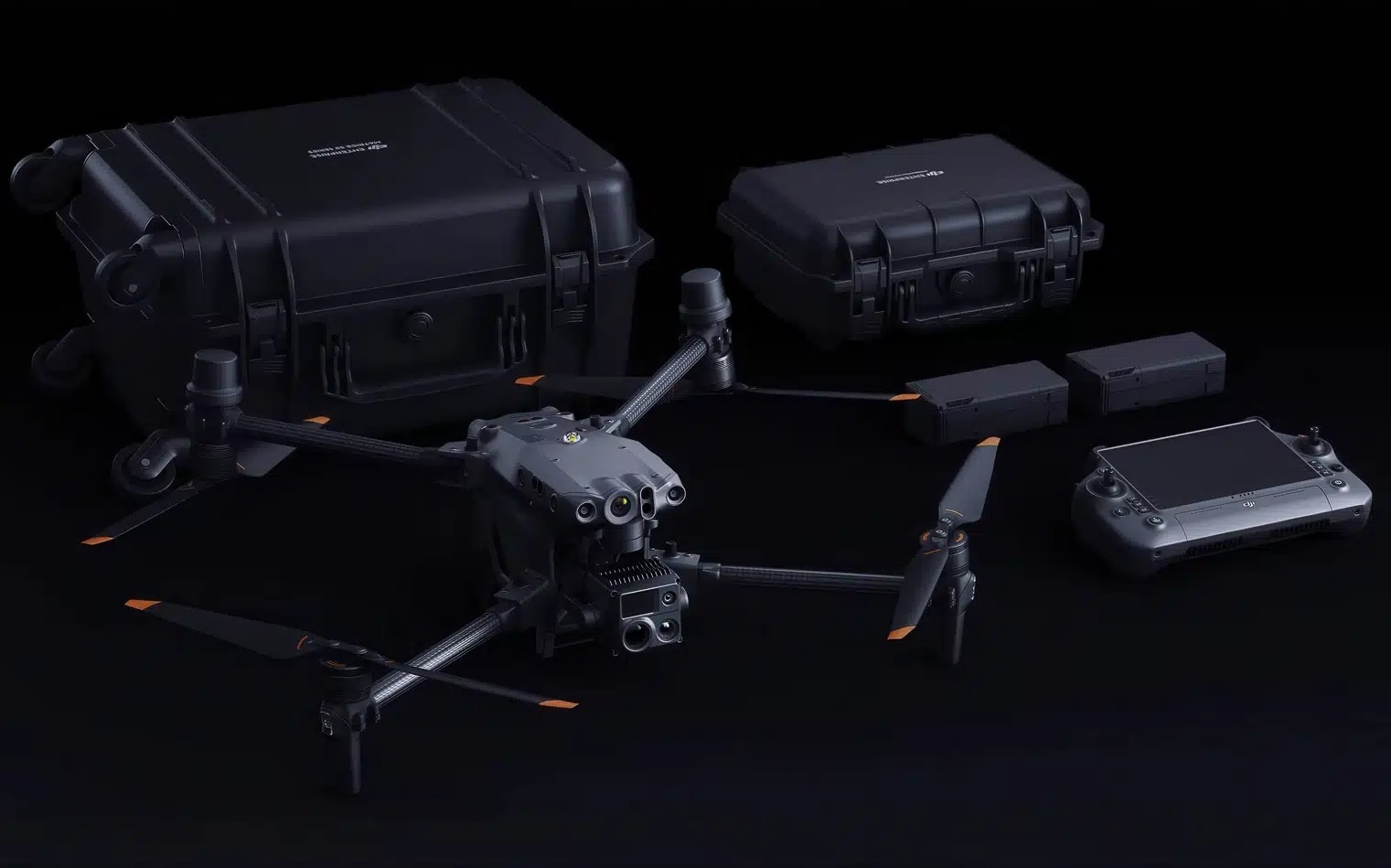
The DJI Matrice 30, the model used in this operation, is widely regarded as a professional-grade search-and-rescue drone. It offers:
- High-resolution thermal cameras capable of detecting human heat signatures from hundreds of feet away.
- Long flight times and stable hover to methodically scan large areas.
- Real-time transmission to ground teams, allowing quick decision-making and coordinated rescues.
Experts note that while helicopters have historically been the go-to aerial tool for search efforts, drones offer a faster, safer, and more cost-effective option for smaller-scale or rural searches.
HERE IS ANOTHER REPORTED INCIDENT OF A DRONE FINDING A MISSING PERSON
“Deploying a helicopter can take an hour and costs thousands of dollars per flight,” said a Wisconsin SAR coordinator. “A volunteer drone pilot can often launch in minutes and cover areas that ground teams simply can’t reach as quickly.”
The Human Impact
For Lou’s family, the relief was immediate and overwhelming. After the girl was returned safely, her parents embraced first responders, thanking everyone involved in the search effort.
“I can’t even put into words how grateful we are,” said Lou’s mother. “Knowing she’s okay and seeing her smile again—it’s a miracle. We’re so thankful for Jeremy and his drone.”
Local residents also praised the coordinated community response, noting that volunteers worked shoulder to shoulder with professionals until the girl was located.
A Growing Role for Drones in Public Safety
Incidents like this highlight the growing role of drones in public safety nationwide. Beyond missing persons cases, drones are now used to:
- Assist in natural disaster response, such as flooding, hurricanes, and wildfires.
- Support law enforcement with real-time aerial reconnaissance during emergencies.
- Locate lost hikers or vulnerable individuals, including children or elderly people with dementia.
- Inspect hazardous environments, reducing risk for human rescuers.
The National Search and Rescue Association has reported a sharp increase in drone-assisted rescues in the past three years, with many agencies now actively recruiting volunteer pilots to augment their capabilities.
Recognition for a Local Hero
In the wake of the rescue, community leaders and residents have lauded Herring-Spoerl as a local hero. While he humbly attributes the success to teamwork and technology, many credit his swift action and expertise for preventing a potential tragedy.
“Jeremy didn’t just fly a drone—he saved a child’s life,” said a Rock County official. “We hope stories like this inspire other certified pilots to consider volunteering their skills.”
The pilot’s company, WAGS Drone, continues to offer both professional aerial services and volunteer assistance during emergencies. Herring-Spoerl says he remains committed to helping his community whenever the call comes.
A Life-Saving Future
This incident serves as a powerful example of how technology, community action, and rapid coordination can prevent tragedy. As drones become more integrated into emergency response networks, their role in saving lives will only expand.
For the Easton family in Milton, Wisconsin, the message is simple: technology and a volunteer’s quick action turned a potentially devastating day into one of relief and gratitude.
